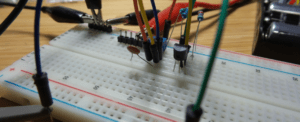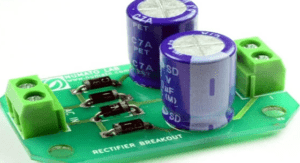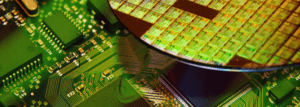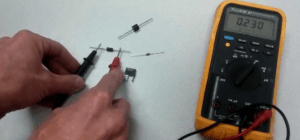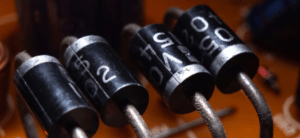Click here to register for summer batches of robotics. Click here for details of courses.
- What is Conductor, insulator & semiconductor?
- What is Intrinsic Semiconductor?
- What is Extrinsic Semiconductor?
- Crystal Structure & Behavior of semiconductor
- Comparative Analysis of Energy Level Diagrams
- Construction of PN junction diode
- How to find out the anode & cathode of a diode using a multimeter?
- What is Forward & Reverse Biasing of PN Junction?
- Rectifier Circuits: HWR, FWR & BR
A PN junction diode is the first semiconductor device in semiconductor family. It is also known as unidirectional current device, because it allows current only in one direction through it.
When P-layer and N-layer are joined together, as shown in following figure, the PN junction is formed. Its internal structure is given below.

(this diagram is only for understanding)


When the layers are joined, the Arsenic atoms near the junction donate their fifth electron to the nearest Aluminium atoms in P-layer. Due to this exchange of charges, Arsenic atoms loose one electron and become positive ions (+). At the same time, Aluminium atoms accept one electron from Arsenic. So they become negative ions (-). Thus opposite types of charges are produced across the junction, as shown above.
These ions oppose further flow of electrons from N-layer to P-layer. The process of charge exchange stops automatically. This opposing force of ions across the junction is called potential barrier.
The area where these ions are present is known as depletion layer. For Silicon diode, the potential of this barrier is 0.6 to 0.7V and for Germanium it is 0.2 to 0.3V.



